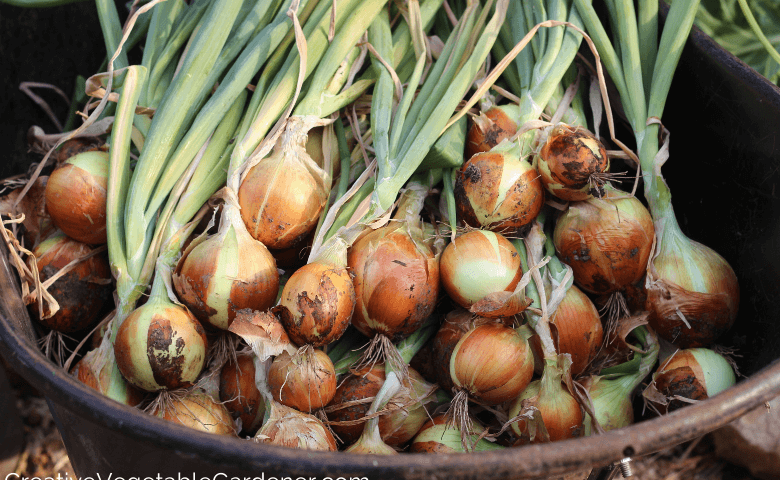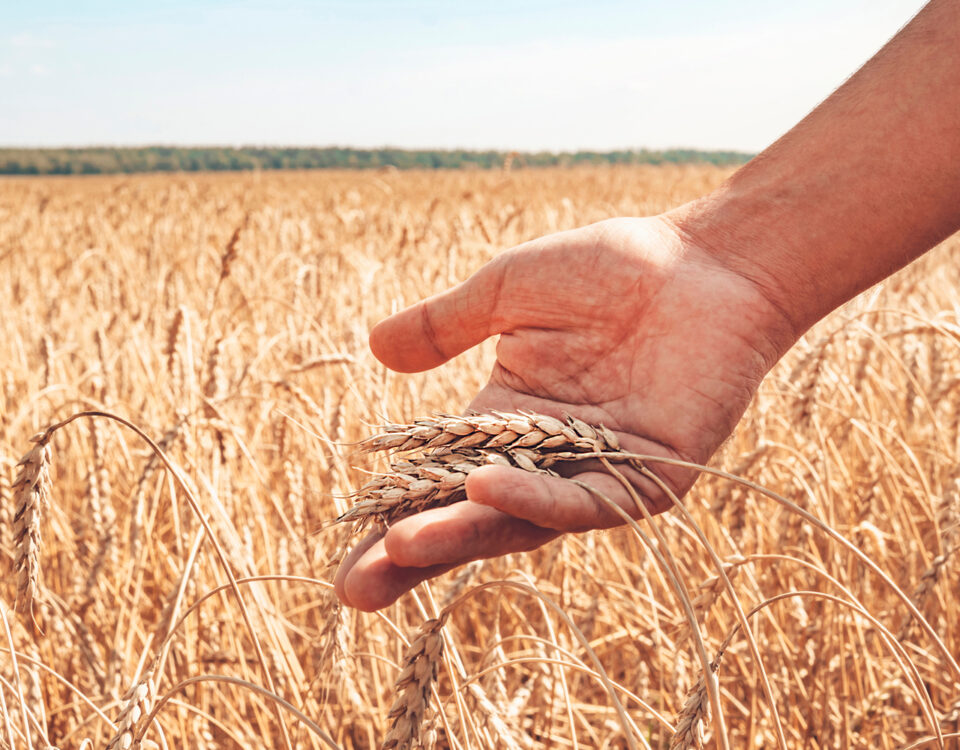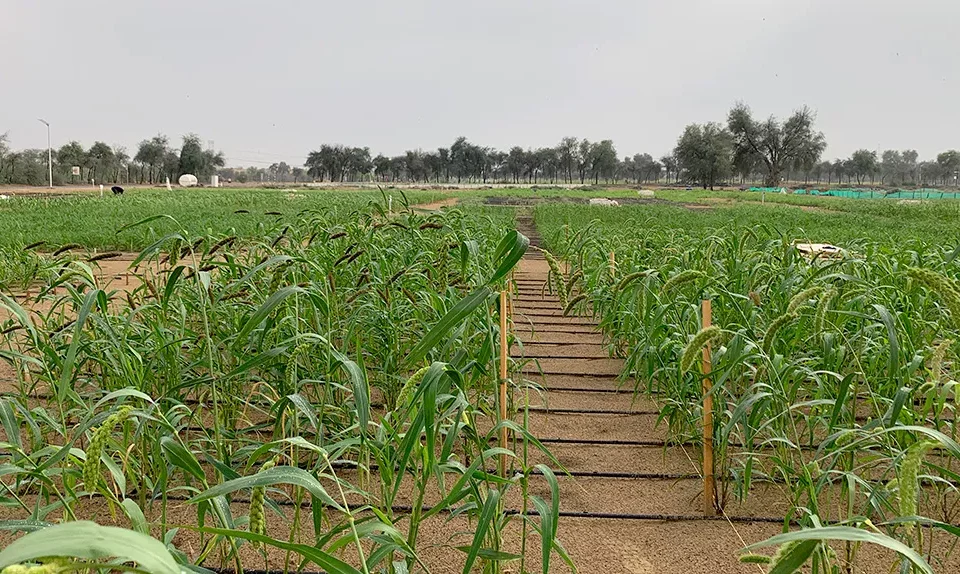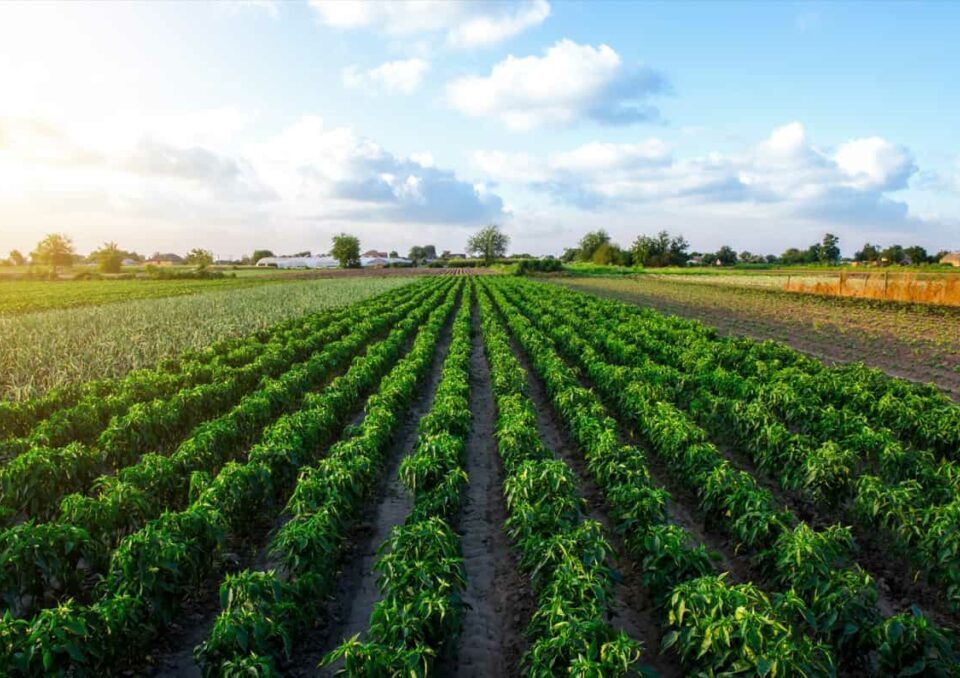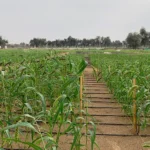
How to Boost Millet Yield in Arid Desert Climates
September 7, 2024
Sustainable Farming Practices for a Greener Future
September 21, 2024Understanding the Impact of Rain on Onion Crops
Rain can pose significant challenges to onion crops, especially when it occurs in excess. Onions are sensitive to waterlogged conditions, which can lead to bulb rot, fungal diseases, and stunted growth. Heavy rainfall can also wash away topsoil, depriving the crops of essential nutrients. Understanding how rain affects onions is the first step in developing strategies to protect them. Farmers must be aware of the risks posed by both excessive and insufficient rain, as both can impact the quality and yield of the harvest.
Soil Preparation for Better Drainage
One of the most effective ways to protect onions from rain damage is to ensure proper soil drainage. Well-drained soil prevents water from pooling around the onion bulbs, which can lead to rot. Farmers can improve drainage by amending the soil with organic matter like compost or well-rotted manure. Additionally, raised beds are a great solution for areas prone to heavy rain, as they allow water to flow away from the crops. Proper soil preparation before planting is critical to ensuring onions are less vulnerable to rain damage.
Implementing Mulching Techniques
Mulching plays a vital role in protecting onion crops from the harmful effects of rain. A layer of organic mulch, such as straw or leaves, can act as a protective barrier, preventing soil erosion and helping maintain consistent moisture levels in the soil. This helps reduce the impact of heavy rains on the soil structure while also regulating temperature. Mulch also suppresses weed growth, which can otherwise compete with onions for nutrients and water, especially after rainfall.
Utilizing Proper Irrigation Techniques
Though rain is a natural source of water, relying solely on unpredictable weather patterns can be risky. Implementing controlled irrigation systems, such as drip irrigation, allows farmers to manage water distribution effectively, even during rainy periods. Drip systems provide water directly to the root zone, minimizing surface moisture that could promote fungal growth. By using irrigation systems wisely, farmers can supplement rainfall while preventing overwatering during extended wet spells.
Protecting Onions with Row Covers and Tunnels
Physical barriers such as row covers or low tunnels can provide additional protection to onions during the rainy season. These covers act as shields, preventing direct contact with heavy rain while still allowing sunlight and air circulation. In addition to protecting crops from rain damage, row covers can also deter pests. For maximum effectiveness, ensure that the covers are properly anchored to avoid displacement during strong winds and heavy rain.
Monitoring for Fungal Diseases Post-Rainfall
Onion crops are particularly susceptible to fungal diseases like downy mildew and white rot, which thrive in damp conditions following heavy rains. After a rainy period, it is essential to monitor the crops closely for signs of infection, such as discolored or wilted leaves. Early detection of fungal diseases can help prevent large-scale crop loss. Using fungicides approved for onion crops or adopting organic alternatives like neem oil can help manage disease outbreaks.
Timing the Harvest to Avoid Wet Conditions
Harvest timing is another crucial factor in protecting onion crops from rain damage. Onions should be harvested when the bulbs are mature and the weather forecast predicts dry conditions. Wet conditions during harvest can promote the spread of disease and damage the bulbs, reducing their shelf life. Farmers should take extra precautions to store harvested onions in a dry, well-ventilated area to avoid moisture-related spoilage.
Long-Term Solutions: Water Management and Forecasting
Investing in long-term solutions, such as water management systems and weather forecasting tools, can provide farmers with a more sustainable way to protect onion crops from rain damage. Water management systems can include drainage ditches, retention ponds, and irrigation scheduling. Weather forecasting technology can help farmers plan ahead by predicting heavy rainfall, allowing them to take preventive actions, such as covering the crops or adjusting irrigation schedules.
to read more agriculture related blogs on the website Click here.
The topic for writing this blog has been taken from the post of a farmer from the Sindh Abadgar Board Facebook page.


